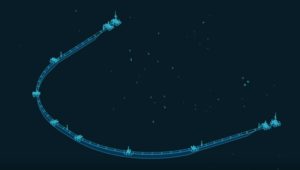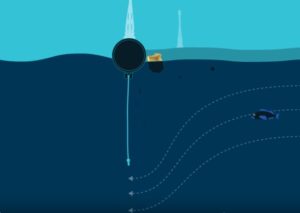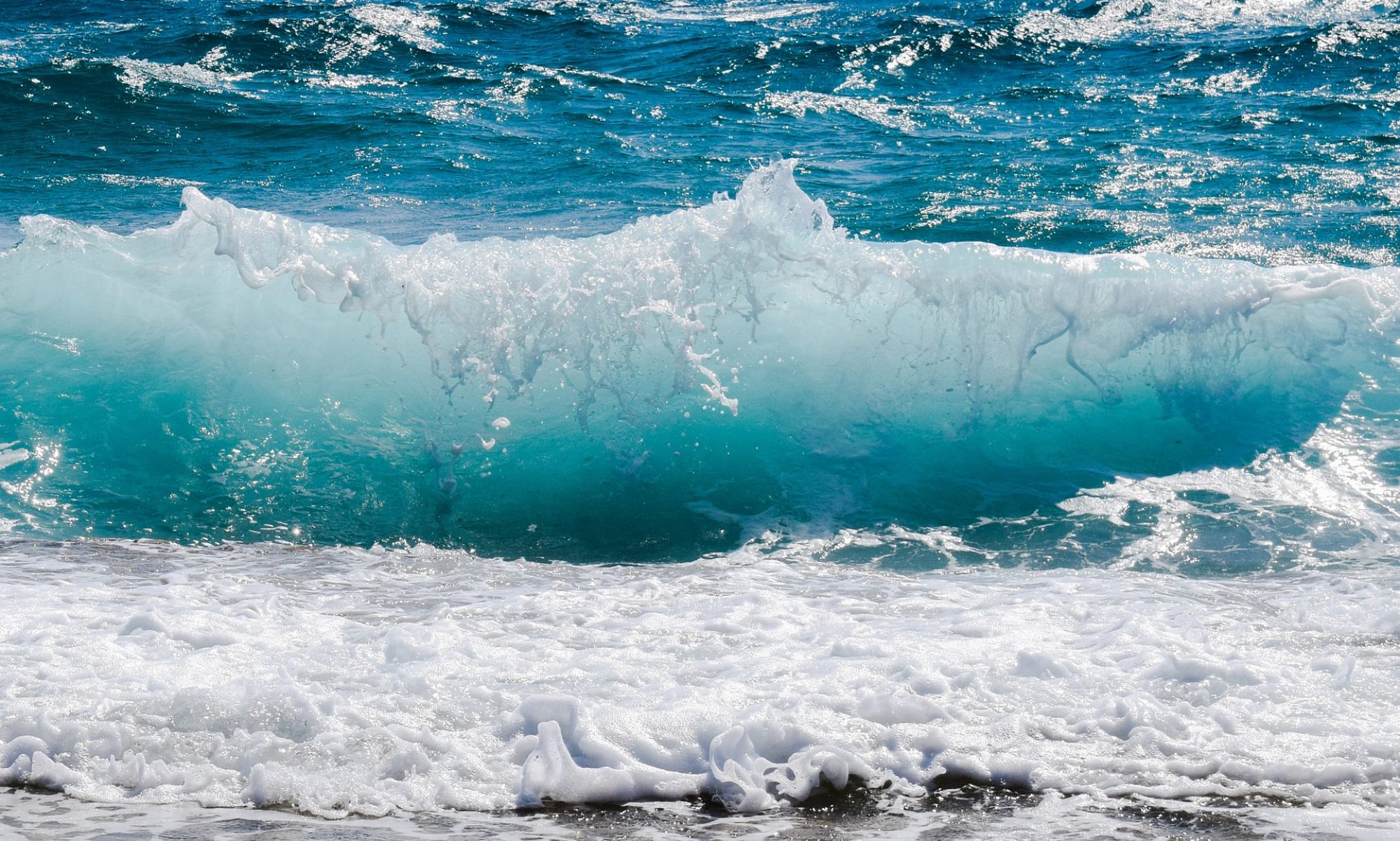Water pollution in the Riachuelo caused by industrial waste
While investigating the subject of water pollution by industrial waste we identified that nowadays, the main problem in Argentina is the pollution of the Riachuelo. This tributary is located in the city of Buenos Aires and it ends in the Rio de la Plata. This problem is very important specially because of the direct consequences it has on the 5 million people that live in its surroundings. Heavy metals, such as lead, chrome, mercury and cadmium, progressively accumulate in the body and cause intoxication. The continuous presence of solid waste causes the loss of biodiversity and the contamination of underground water sources.
Estado del arte
Solution Proposal
The main objective of our project is to remove the solid waste and heavy metals from the river to improve the quality of life for the people who live in its surroundings and to stop the loss of biodiversity. To accomplish this, we designed a plan that consists of two stages. The first stage would be to install a system called hidohigienizador that is carried by two hydrofoils to collect the solid waste that is on the surface of the river. The second stage would be the installation of aquatic plants capable of absorbing the heavy metals present in the river.
The hidrohigienizador consists of a float that sits on the surface of the river and a conical skirt three meters deep. The float gives floatability to the system and it avoids the solid waste from flowing above it, while the conical skirt avoids the waste from flowing under it. Additionally, the skirt allows the fish to swim under the system.


The hidrohigienizador is carried by two hydrofoils that are at the extremes. We chose to use hydrofoils for various reasons. To begin with, it´s flat background design is ideal to avoid the embarkation from being stuck or damaged by the solid waste. Moreover, the driver would be located on an elevated seat, in a covered cabin to take care of their health and have better visibility of objects that could damage the system. Lastly, the installation of solar panels to propel the aviation propeller would avoid the use of petrol and cause less damage to the environment as it is a renewable energy.

For the second stage of our project we would be using phytoremediation, a technology based on the capacity of some plants to tolerate, absorb, accumulate and degrade organic or inorganic contaminating compounds. The type of phytoremediation we are interested in is phytoextraction. It is based on the fact that, through physiologic processes, plants can act as suction bombs and extract the metals from the water through their roots and accumulate them on their tissues. Once they have accumulated the metals, the plants are harvested and transported to a controlled disposal or incinerated. The plants we chose for our project are jacinto de agua and lechuga de agua.
Conclusion
Our project will remove the solid industrial waste and toxic waste from the Riachuelo, improving the quality of life for the people who live in its surroundings. In addition, it will improve the environment, stopping the loss of biodiversity.
